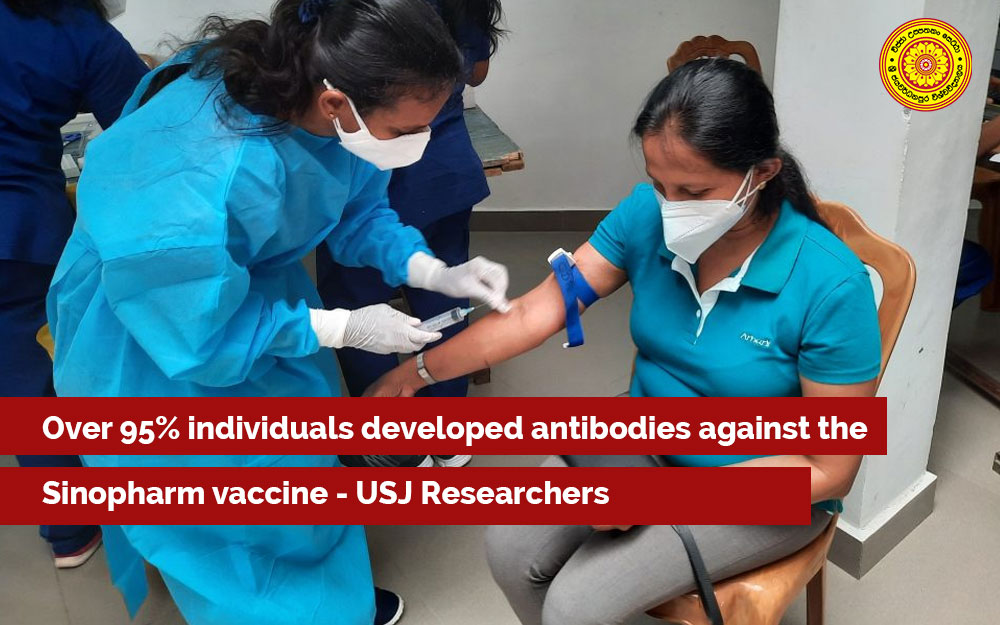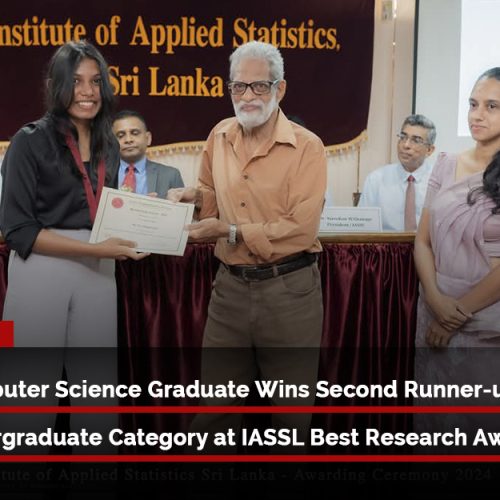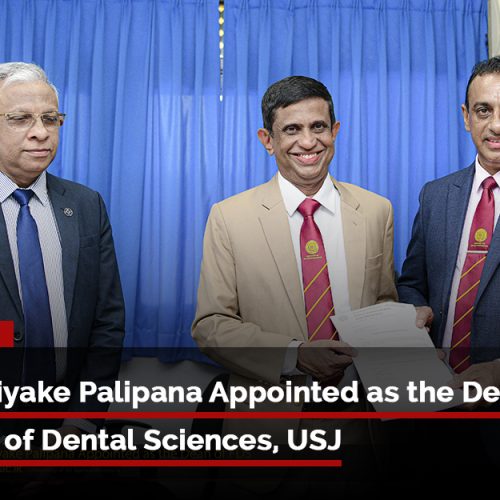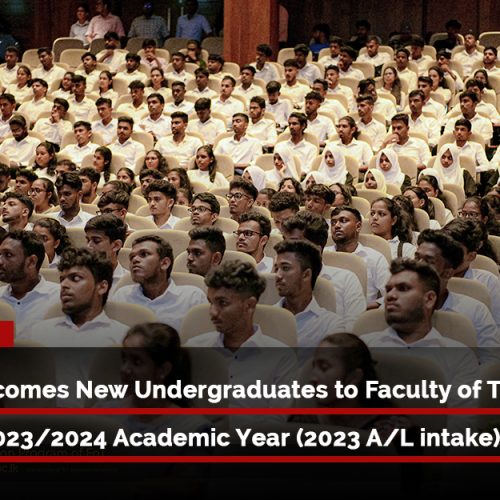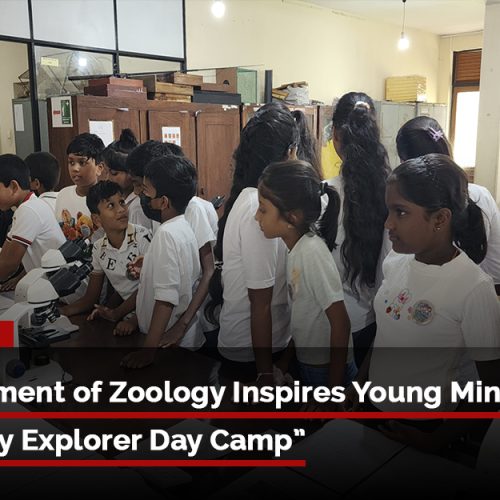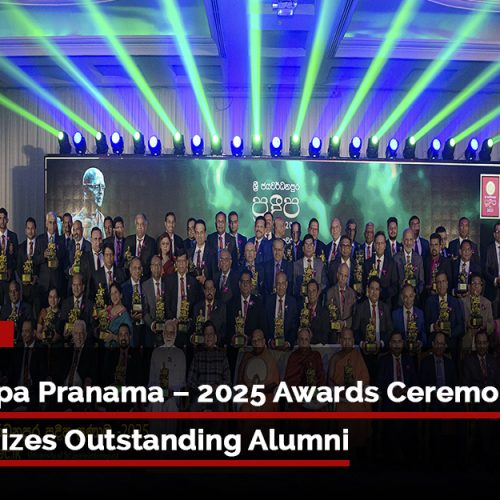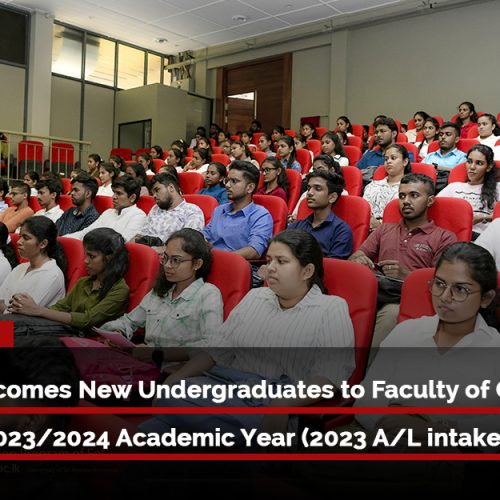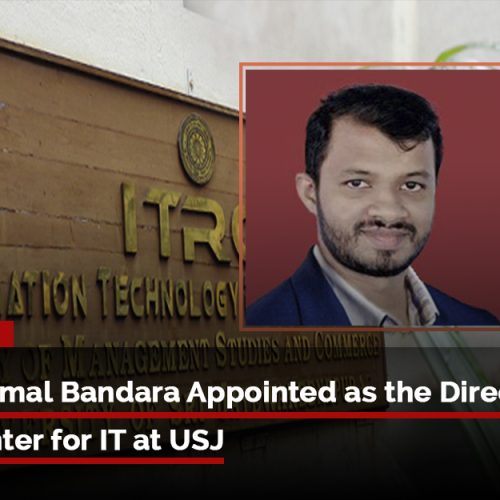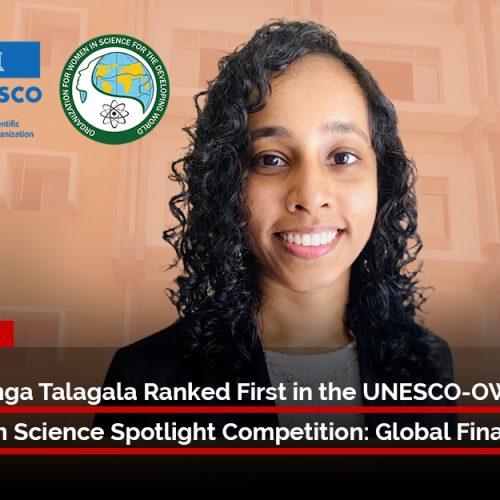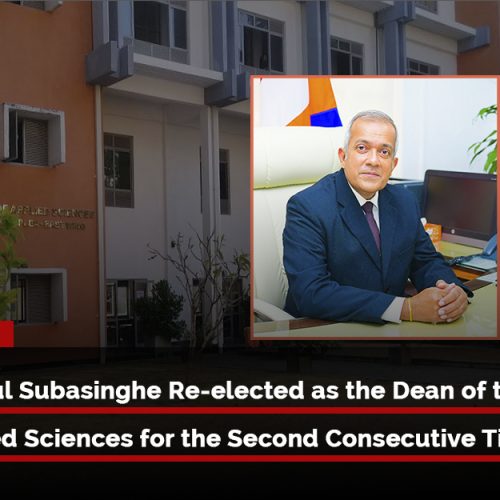Over 95% individuals in Sri Lanka developed antibodies against the Sinopharm vaccine. The Allergy, Immunology and Cell Biology Unit, Department of Immunology Molecular and Molecular Medicine investigated immune responses to the Sinopharm vaccine and found that the vaccine induced antibody responses in over 95% of individuals, similar to levels seen following natural COVID-19 illness.
The antibody responses to delta variant and neutralizing antibodies, were similar to levels seen following natural infection.
The research team included scientists from the Allergy, Immunology and Cell Biology Unit, Department of Immunology Molecular and Molecular Medicine, including Prof. Neelika Malavige, Dr. Chandima Jeewandara, Colombo Municipality Council and included researchers from University of Oxford including Prof. Graham Ogg and Prof. Alain Townsend. The funding for this study was provided by the World Health Organization, UK Medical Research Council and the Foreign and Commonwealth Office and the Chinese Academy of Medical Sciences (CAMS) Innovation Fund for Medical Science (CIFMS), China.
The summary of the findings are as follows: 95% of individuals seroconverted following two doses of the Sinopharm/BBIBP-CorV vaccine. 20 to 39 years old had very high seroconversion rates (98.9%), although the seroconversion rates in individuals >60 years of age (93.3%) were lower. The vaccine induced neutralizing antibodies in 81.25% of vaccine recipients and these neutralizing antibody levels were similar to levels seen following natural infection. The antibody levels to delta and beta, were similar to levels following natural infection although the antibody levels were lower for alpha. The vaccine recipients only had a 1.38-fold reduction in antibody titers to delta compared to the Wuhan variant, compared to a 10-fold reduction to beta. The vaccine also induced T cell and memory B cell responses. The full preprint highlighting the results are available here: Antibody and T cell responses to Sinopharm/BBIBP-CorV in naive and previously infected individuals in Sri Lanka | medRxiv

